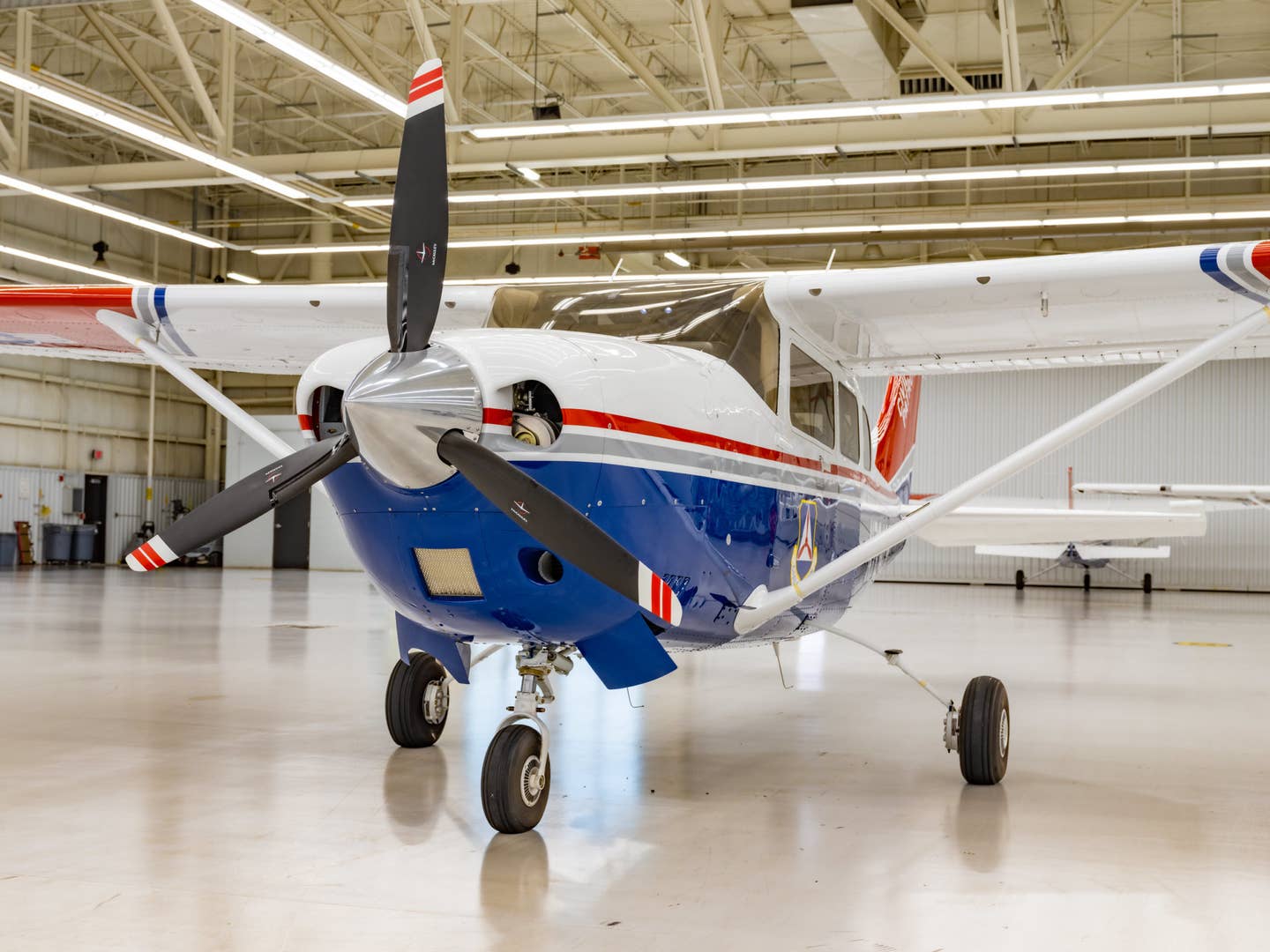Civil Air Patrol To Purchase 17 New Cessnas
The U.S. Civil Air Patrol (CAP) has awarded a contract to Textron Aviation for the purchase of 17 Cessna piston engine aircraft. The contract includes 11 Skyhawk 172Ss, five Skylane…

Image: Textron Aviation
The U.S. Civil Air Patrol (CAP) has awarded a contract to Textron Aviation for the purchase of 17 Cessna piston engine aircraft. The contract includes 11 Skyhawk 172Ss, five Skylane 182Ts and one Turbo Stationair HD T206HD. The purchase is in addition to 19 Cessnas ordered by CAP in 2019.
“From search and rescue, to disaster relief and homeland security, the missions the CAP undertake daily are as broad as their footprint across the U.S.,” said Textron Aviation Special Missions Sales Vice President Bob Gibbs. “We are honored that Cessna aircraft continue to be the organization’s platform of choice for these crucial operations.”
CAP was founded on Dec. 1, 1941, as the official civilian auxiliary of the U.S. Air Force. The group has over 66,165 volunteer members organized into 1,442 squadrons across the country. CAP currently owns and operates a fleet of nearly 550 Cessna aircraft. In 2019, the organization flew almost 96,000 hours in their Cessna piston fleet.






